In the traditional big-scale data centers, networks are often 3-tier structure. Cisco calls it: a hierarchical inter-networking model. This model contains the following 3 layers:
Access Layer: also called Edge Layer. Access switches are usually located at the top of the rack, so they are also known as ToR (Top of Rack) switches, which are physically connected to the server.
Aggregation Layer: also named the Distribution Layer. The aggregation switch connects to the Access switch and provides other services such as network analysis, SSL offload, intrusion detection, firewall, and so on.
Core Layer: The core switch provides high speed forwarding for packets leaving and entering the data center to provide connection for multiple aggregation layers. The core switch provides a resilient L3 routing network typically providing entire network.
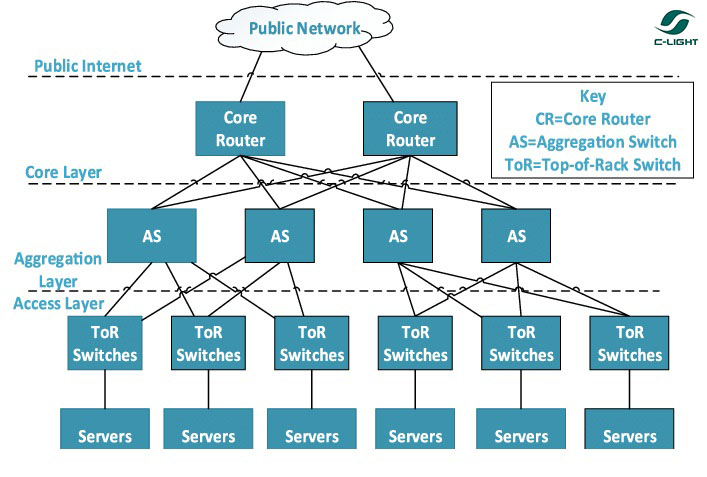
What is a server adapter?
Fiber channel adapters are hardware compoenents that link SAN(storage area network) and servers. An adapter uses PCI slot to connect to SAN and the server. Storage segment and the server are important roles in building communication structure. Since fiber channel components are utilized at every stage of ToR(top-of-rack) switch installation, the segment will continue to be the largest end-user on the market. The Americas has several government agencies, telecommunication service providers, enterprises, and CSPs, that run data centers. In the estimated time, it boosts the application of fiber channel adapters in this area. Presence of nations such as America, that witnesses high penetration of Internet will also propel the markets growing prospects in the Americas.
The fiber-optic network card refers to the fiber-optic Ethernet adapter. The transmission and transmission is an Ethernet communication protocol, which is usually connected to the fiber-optic Ethernet switch through a fiber-optic cable. According to the transmission rate, it can be classified as 100Mbps, 1Gbps, 10Gbps. According to the type of motherboard socket, it is in terms of PCI, PCI-X, PCI-E (x1/x4/x8/x16), etc. According to interface type, there are LC, SC, FC, ST and so on.
LC interface fiber network card
The origin of the LC interface name is according to the interface definition of the fiber module. Optical fiber modules can be divided into several types according to their interfaces: SC, LC, ST, and FC.
The SC interface is widely used due to its ease of operation. In recent years, the widespread use of fiber-to-the-desktop (FTTD) has made SC-interface fiber-optic network cards popular.
SC interface optical network card
The origin of the SC interface fiber NIC name is according to the interface definition of the fiber module. Optical fiber modules can be divided into SC, LC, ST, FC, MTRJ and other types according to their interfaces. Due to the convenience of operation of the SC interface fiber, the network card with the SC interface optical module is
Widely used, and often mentioned by people, because it was born: the term SC interface fiber network card.
Optical fiber port working wavelength and transmission distance:
SC/APC single fiber, single mode wavelength 1310/1550nm 10/20KM
SC/PC dual fiber, single mode wavelength 1310nm 10/20/40KM
SC/PC double Fiber, multimode wavelength 850nm 550M
SFP fiber NIC
SFP (Small Form-factor Pluggables) can be simply understood as an upgrade of GBIC version. SFP module (half the size of the GBIC module, you can configure more than double the number of ports on the same panel . Since the SFP module is basically the same as the GBIC, it is also called miniaturized GBIC by some switch manufacturers).
The SFP fiber NIC is a fiber optic network interface controller for a small hot-swappable module. In the SFP slot of the NIC, users can insert multi-mode or single-mode SFP optical modules according to actual needs, and can insert optical modules of different traditional distances according to the actual transmission distance; it does not need to be based on the NIC itself. This gives the user a lot of choice.
Protocol: A formal description of the rules that must be followed when exchanging data between data formats and computers. In other ways, the network computers are able to communicate with each other smoothly. It is necessary to speak the same language equivalent of the agreement. It is classified into Ethernet, NetBEUI, IPX / SPX and TCP / IP protocol.
Topology: refers to the form of the respective network sites are interconnected, the main bus topology , star topology, ring topology, and a hybrid thereof.
IEEE802.5/Token Ring Network: Commonly used in IBM systems, it supports two rates of 4Mbps and 16Mbps. Novell and IBM LAN Server support 16Mbps IEEE802.5/Token Ring technology.
Switched Ethernet: The protocol it supports is still IEEE802.3 /Ethernet, but offers multiple separate 10Mbps ports. It is fully compatible with the original IEEE802.3/Ethernet and overcomes the network efficiency degradation caused by sharing 10Mbps.
100BASE-T Fast Ethernet: The difference from 10BASE-T is to increase the speed of the network by a factor of ten, or 100M. The FDDI PMD protocol is adopted, but the price is cheaper than FDDI. The 100BASE-T standard is defined by IEEE802.3. Using the same media access technology, similar step rules and the same lead-out as 10BASE-T, it is easy to integrate with 10BASE-T. Only two repeaters are allowed on each network segment , and the maximum network span is 210 meters.
IEEE802.3/Ethernet: The most widely used media access technology, typically operating at the physical and data link layers of the OSI model. It is the main media access technology used by low-level systems such as Novell, Widows NT, IBM, UNIX LANServer, DECNET, etc. The networking mode is flexible, convenient, and supports many software and hardware products. The rate is 10Mbps shared. According to different media, it can be divided into: 10BASE-2 (coaxial thick cable), 10BASE-5 (coaxial thin cable), 10BASE-T ( twisted pair ) and 10BASE-FL ( optical fiber ).
TCP/IP: IP is widely deployed in UNIX and is the de facto international industry standard. IP is also the main protocol of the Internet. The IP protocol can span the LAN and WAN. Almost all LAN and WAN devices support the IP protocol, which is the best protocol for unified media transmission. The IP protocol is a data type protocol, which has better response time and less protocol interaction, and is more suitable for high-speed transmission.









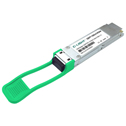

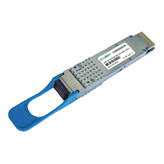

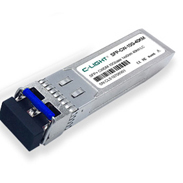
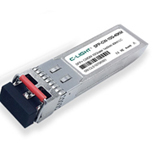
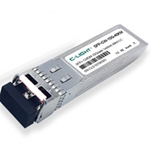
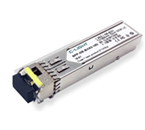
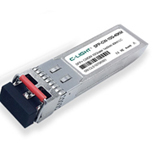
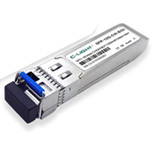



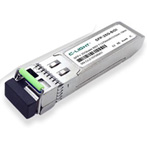
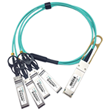
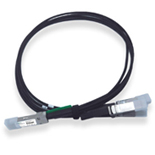
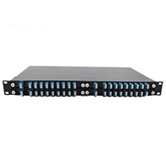
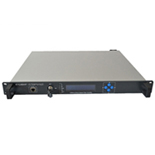
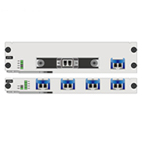

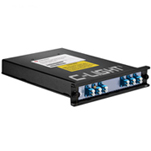
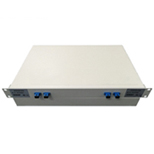


 Your current position:
Your current position: 



